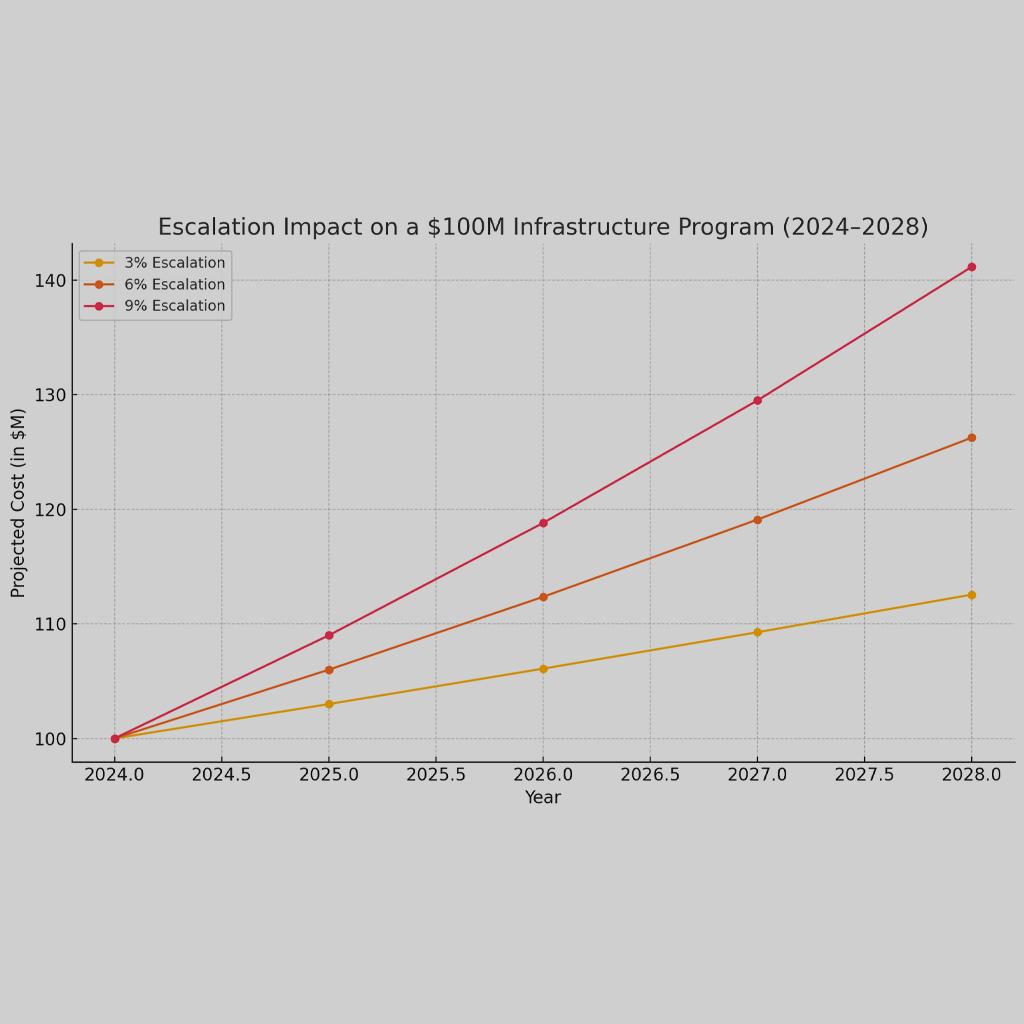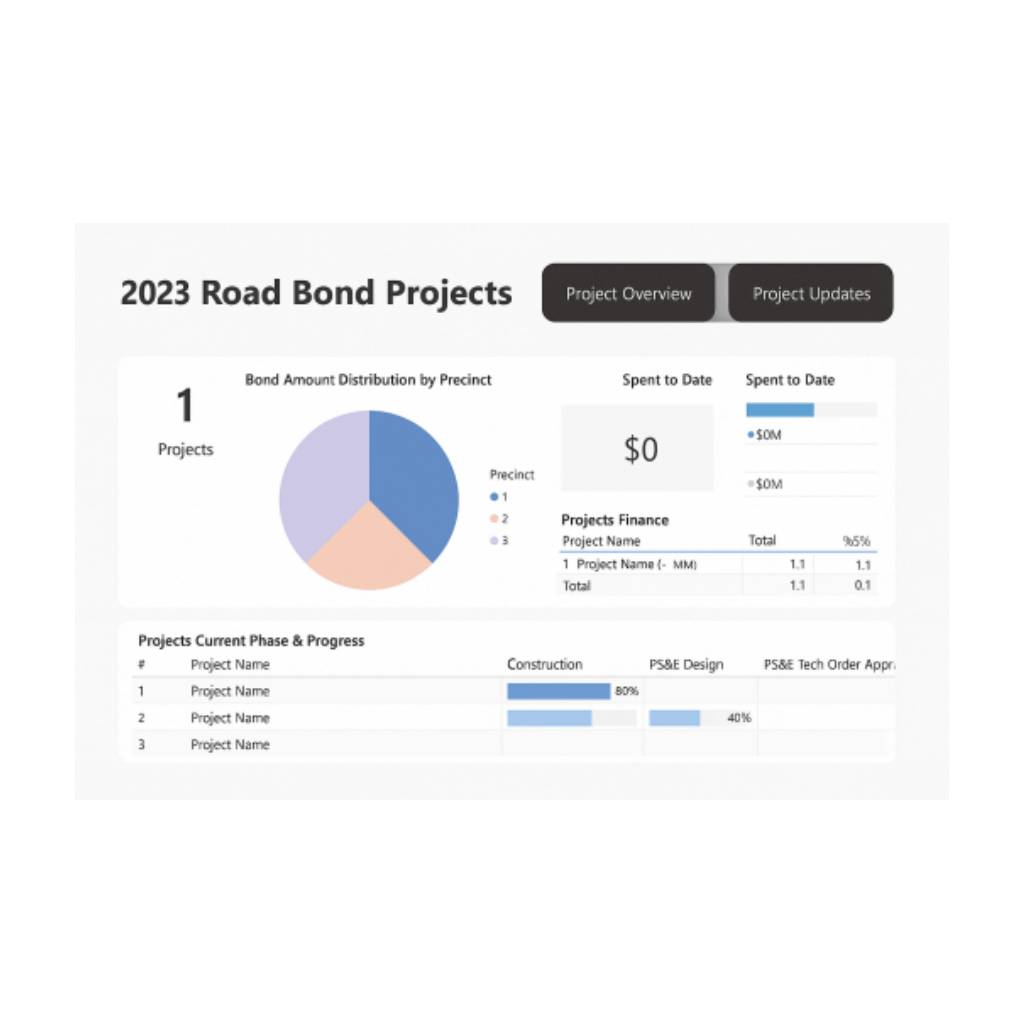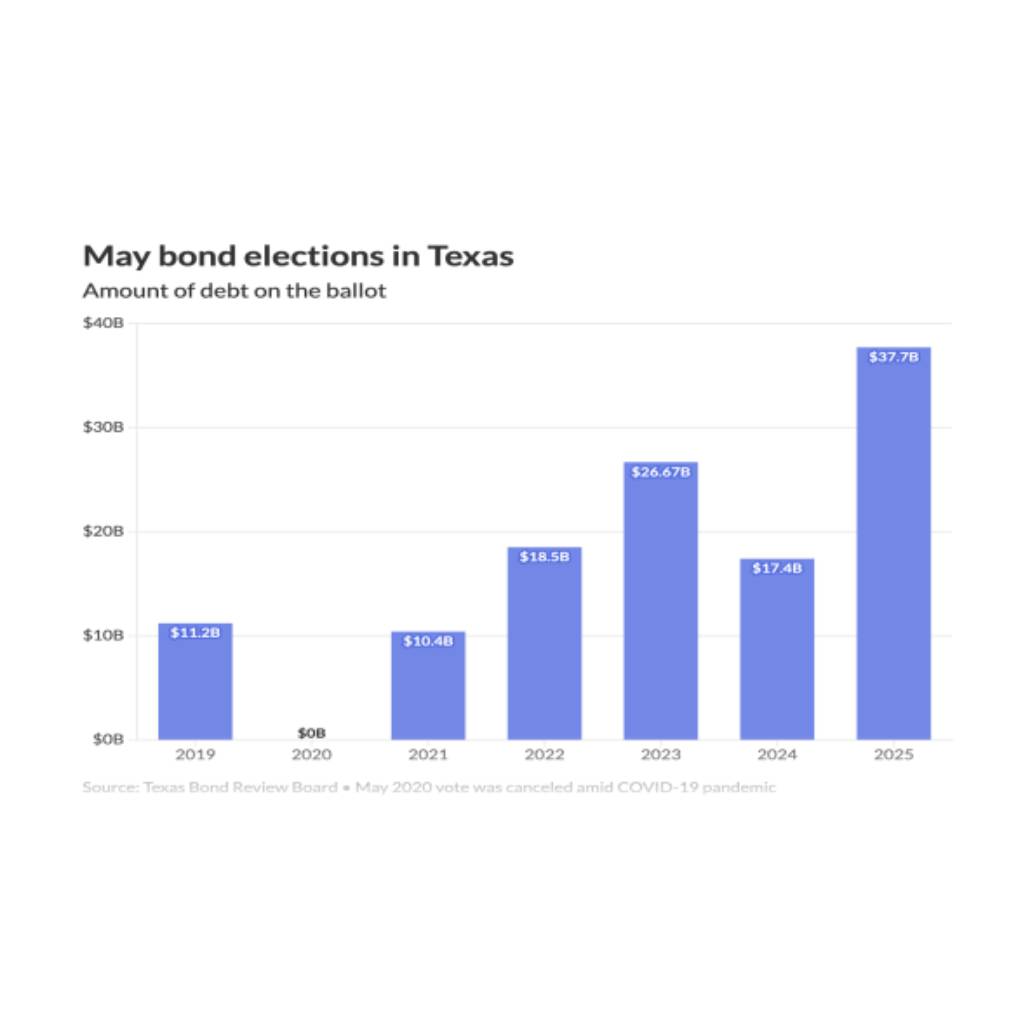In the vast expanse of project management, especially in the domain of capital improvement bond programs, there arises a crucial question: Why is the program master schedule held in greater esteem compared to an individual project schedule? The distinction is not merely one of scope or scale but extends deeply into the tenets of effective program management.
Understanding the Landscape: Program vs. Project
At first glance, the difference between a program master schedule and a project schedule may seem nuanced, almost pedantic. However, in practice, the distinction is profound. A program master schedule offers an eagle-eye view of the entire initiative, shining a light on how each project, under its umbrella, is interwoven with the others. This panoramic overview includes not just the chronology of events – the starts and stops – but also the intricate dance of dependencies and interdependencies between these projects.
Contrast this with a project schedule. Such a schedule zooms in on a single project, detailing its tasks, milestones, and trajectory. While this close-up view is indispensable for the daily rigors of a project, it does not encompass the holistic breadth of a program.
The Many Facets of the Program Master Schedule
A program master schedule doesn’t just chronicle the flow; it’s a dynamic tool that empowers program managers to:
Synchronize Projects: By coordinating the timings, managers ensure projects dovetail seamlessly, optimizing efficiency and cost-effectiveness.
Navigate Program-wide Risks: Rather than looking at risks in isolation, the master schedule lets managers spot and steer clear of hazards that span across projects.
Monitor Program Momentum: Keeping a pulse on the program’s overall progress becomes achievable, as does identifying any looming delays or hitches that might derail the grand plan.
Forge Stakeholder Communication: With a master schedule, communication ceases to be fragmented. Stakeholders can be apprised of the overarching progress and anticipated completion dates without drowning in the minutiae of individual projects.
Guide Decision-making: When it comes to resource distribution and budgeting, the program master schedule offers a macroscopic lens, enabling informed decisions that uphold the program’s objectives.
Best Practices for Master Scheduling in Capital Improvement Bond Programs
Capital improvement bond programs require meticulous orchestration of multiple projects, often spanning various domains and locations. A master schedule at the program level is crucial to ensure alignment with overarching objectives, optimal utilization of funds, and timely project delivery. Here are some best practices tailored for creating a master schedule specifically for a capital improvement bond program:
1. Set Overarching Program Goals
Start with a clear outline of the capital improvement bond program’s strategic objectives. This broad perspective ensures that the master schedule serves the broader goals and ensures that every project contributes meaningfully.
2. Segment Large Initiatives
Large-scale improvements can be daunting. Decompose them into individual projects or phases. This segmentation allows for more detailed planning and tracking at the micro-level, while still keeping the macro view intact.
3. Prioritize Based on Impact and Feasibility
Within the ambit of bond programs, certain projects may yield more significant community or infrastructural benefits. Align priorities not just based on project impact, but also on feasibility and funding constraints.
4. Incorporate Fiscal Buffers
Given the financial implications of bond programs, it’s wise to integrate budget buffers. This ensures financial preparedness for unforeseen expenses or scope changes, without compromising project outcomes.
5. Monitor Fund Allocation
Regularly track how funds from the bond are being allocated and spent across projects. An effective master schedule should prevent over-allocation to one project at the expense of another, ensuring equitable and optimal fund distribution.
6. Iterative Review and Feedback
Engage in routine check-ins with stakeholders, including civic bodies, community representatives, and financial advisors. This iterative feedback process ensures the bond program stays in tune with community needs and fiscal guidelines.
7. Leverage Specialized Software
Bond programs have unique financial and regulatory considerations. Use software tailored for bond program management, which integrates scheduling with financial tracking and compliance monitoring.
8. Visual Representation is Key
Given the multi-faceted nature of bond programs, visual tools like Gantt charts or dashboard summaries can simplify complex schedules, making them more accessible to varied stakeholders.
9. Document Regulatory and Financial Assumptions
Bond programs often hinge on certain regulatory approvals, interest rates, or economic forecasts. Clearly document these assumptions as they form the foundation of your scheduling and financial planning.
10. Engage and Collaborate with Key Entities
From local governing bodies to financial institutions, collaboration ensures that the program aligns with regulations, meets community expectations, and adheres to financial best practices.
In Conclusion
The case for the supremacy of the program master schedule in a capital improvement bond program is clear. While project schedules hold their ground in the daily trenches of task management, the program master schedule is the vanguard, ensuring that the broader program sails smoothly towards its designated horizon, both on time and within budget. It’s not just about seeing the trees, but understanding the entire forest.
At Front Line Advisory Group, we are pioneers in Capital Improvement Bond Management, leveraging unparalleled expertise and deep industry insights. Our mission extends beyond consultation – we empower our clients to realize the full potential of their investments, ensuring tax dollars are put to maximum use through astute Program Management Consulting. For more information or to commence your journey towards transformative bond management, reach out to us at info@frontlineadvisorygroup.com













